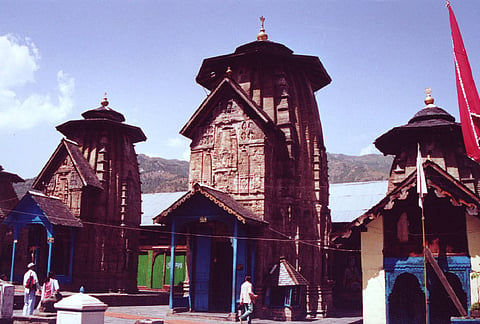Indian civilisation, it has been said, was characterised by an absence of a sense of history. This view has been held since the 18th century, when the early Orientalists first read Sanskrit texts and argued that there were no histories of India in Sanskrit. But few attempts were made to explain why this was so, if, in fact, it was so. The search was for histories that would conform to post-Enlightenment European histories, which emphasised a chronological frame and a sequential narrative of mainly political events with some attempt at evaluating sources and drawing out causes. Unsurprisingly, such histories, which were specific to European traditions about the past, were not to be found in India. The one exception that was always quoted was the Rajatarangini. This was written by Kalhana in the 12th century and is a history of Kashmir from what he saw as the earliest beginnings.
The insistence on Indian civilisation being 'ahistorical' facilitated the claim that the Indian past was being rediscovered by colonial scholarship. This was not altogether incorrect. The deciphering of the Brahmi script in the early 19th century introduced the vast body of inscriptions as sources of history. Archaeological excavations revealed tangible evidence of historical activity. This was done partly out of curiosity about the Indian past. But the more significant aspect was that the texts used for writing Indian history were now supplemented by inscriptions and archaeology. However, the interpretations provided were coloured by colonial policy. The absence of historical writing was attributed to Indian society having been static and unchanging. The recognition of change and the explanation for it is essential to a sense of history. It was a common belief that only societies such as the Judaeo-Christian had a concept of history. This had a clearly marked beginning and end, and an understanding of change determined by a sense of linear progress. India, it was said, knew only a cyclic concept of time that emphasised repetition, whereas a historical sense required linear time to emphasise the uniqueness of events.

